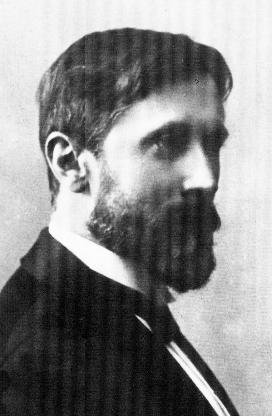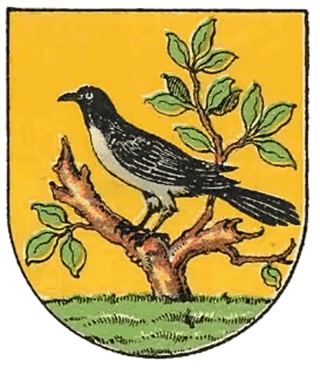
The Vienna Ring Road is a 5.3 km circular grand boulevard that serves as a ring road around the historic Innere Stadt district of Vienna, Austria. The road is located on sites where medieval city fortifications once stood, including high walls and the broad open field ramparts (glacis), criss-crossed by paths that lay before them.

The Creditanstalt, full original name k. k. priv. Österreichische Credit-Anstalt für Handel und Gewerbe, was a major Austrian bank, founded in 1855 in Vienna.

Café Central is a traditional Viennese café located at Herrengasse 14 in the Innere Stadt first district of Vienna, Austria. The café occupies the ground floor of the former Bank and Stockmarket Building, today called the Palais Ferstel after its architect Heinrich von Ferstel.
Palais Liechtenstein may refer to:
The Herrengasse is a street in Vienna, located in the first district Innere Stadt.

The Freyung is a triangular public square in Vienna, located in the Innere Stadt first district of the city.

The Minoritenplatz is one of the oldest public squares in Vienna. It is located in the first district Innere Stadt, and is dominated by the Minoritenkirche church, after which the square is named. The church itself was constructed by the Greyfriars (Minoriten), after the Austrian Duke Leopold VI of Austria invited them to Austria in 1224. Since the square is in direct proximity to the Hofburg Imperial Palace, a number of aristocratic families took up residence in the square from the 16th to the 18th century.

Freiherr Heinrich von Ferstel was an Austrian architect and professor, who played a vital role in building late 19th-century Vienna.

The House of Abensberg und Traun is the name of an ancient Austrian noble family, originally from the Upper Austrian Traungau. It is considered one of the oldest extant aristocratic families in Central Europe.

Karl Mayreder was an Austrian architect.
Herrengasse 23 may refer to:

Palais Porcia is a former urban residence in the western quarter of the Innere Stadt of Vienna, Austria. It stands at 23, Herrengasse between Palais Kinsky and Palais Trautmansdorff and across Palais Harrach. The palace was built in 1546 for the descendants of Count Gabriel von Salamanca-Ortenburg. It was representative of the simple Renaissance style that emerged in Vienna in the middle of the 16th century. In the 17th and later centuries it was extensively remodelled in Baroque and Rococo styles but the inner court still contains an early Renaissance arcade. As of 2010, Palais Porcia houses the Administrative Library of the Austrian Federal Chancellery.

The Palais Equitable is a mansion in Stock-im-Eisen-Platz in the Innere Stadt of Vienna, Austria, that was built in the 19th century for The Equitable Life Assurance Society of the United States and that incorporates the Stock im Eisen on one corner.

Alservorstadt was an independent municipality until 1850 and is since then divided between Josefstadt and Alsergrund, the 8th and 9th districts of Vienna, respectively.
Alois Machatschek was an Austrian architect, architectural historian, university professor and architectural preservationist.

The following outline is provided as an overview of and topical guide to Vienna:

The Landtag of Lower Austria is the state parliament of the Austrian state of Lower Austria. It exercises the state legislation (legislature). The seat of the Landtag is in St. Pölten in the Landhausviertel.

Bösendorfer-Saal was a concert hall in Vienna, Austria, on Herrengasse in the Innere Stadt of the city. Connected with the Viennese piano manufacturer Bösendorfer, it was opened in 1872, and many famous musicians performed there. The building was demolished in 1913.

The Wiener Bankverein or Bank-Verein was a major bank in the Habsburg Monarchy and First Austrian Republic, founded in 1869. In 1888 it was the fourth-largest bank of Austria-Hungary by market capitalization, behind the Austro-Hungarian Bank, the Länderbank, and the Creditanstalt. It merged with the troubled Creditanstalt in 1934 to form Creditanstalt-Bankverein. Wiener Bankverein is thus one of the many predecessor entities of UniCredit, as the latter in 2005 acquired Bank Austria which itself had merged with Creditanstalt in 1997.

The Austro-Hungarian Bank was the central bank of the Habsburg Monarchy in the 19th and early 20th centuries.

















